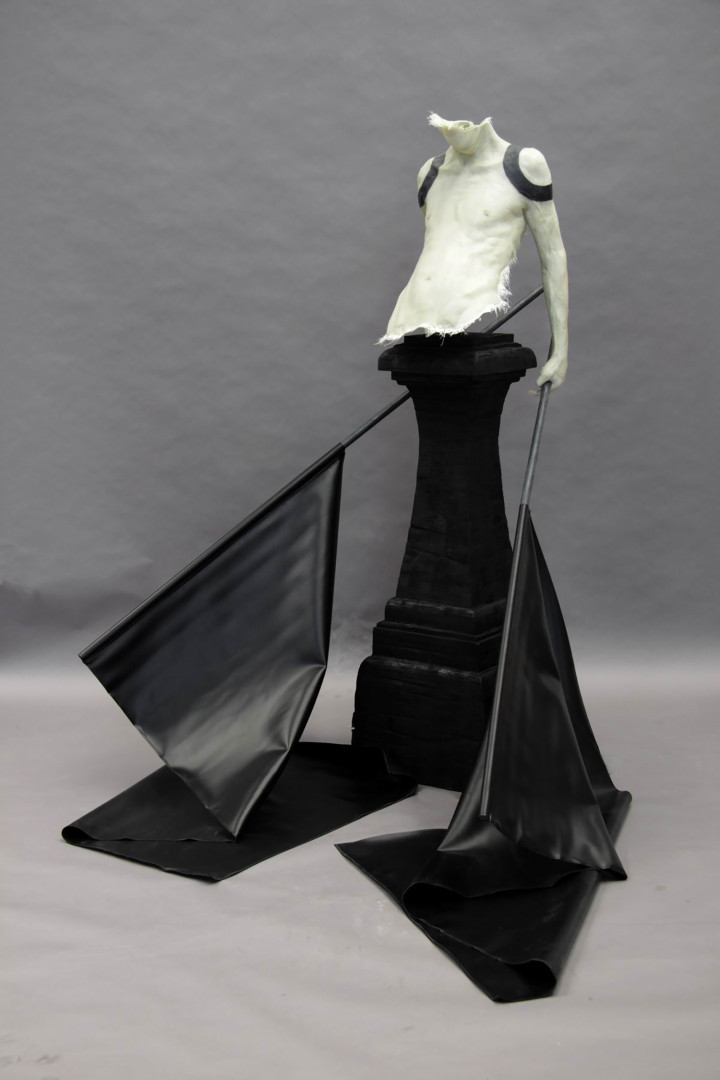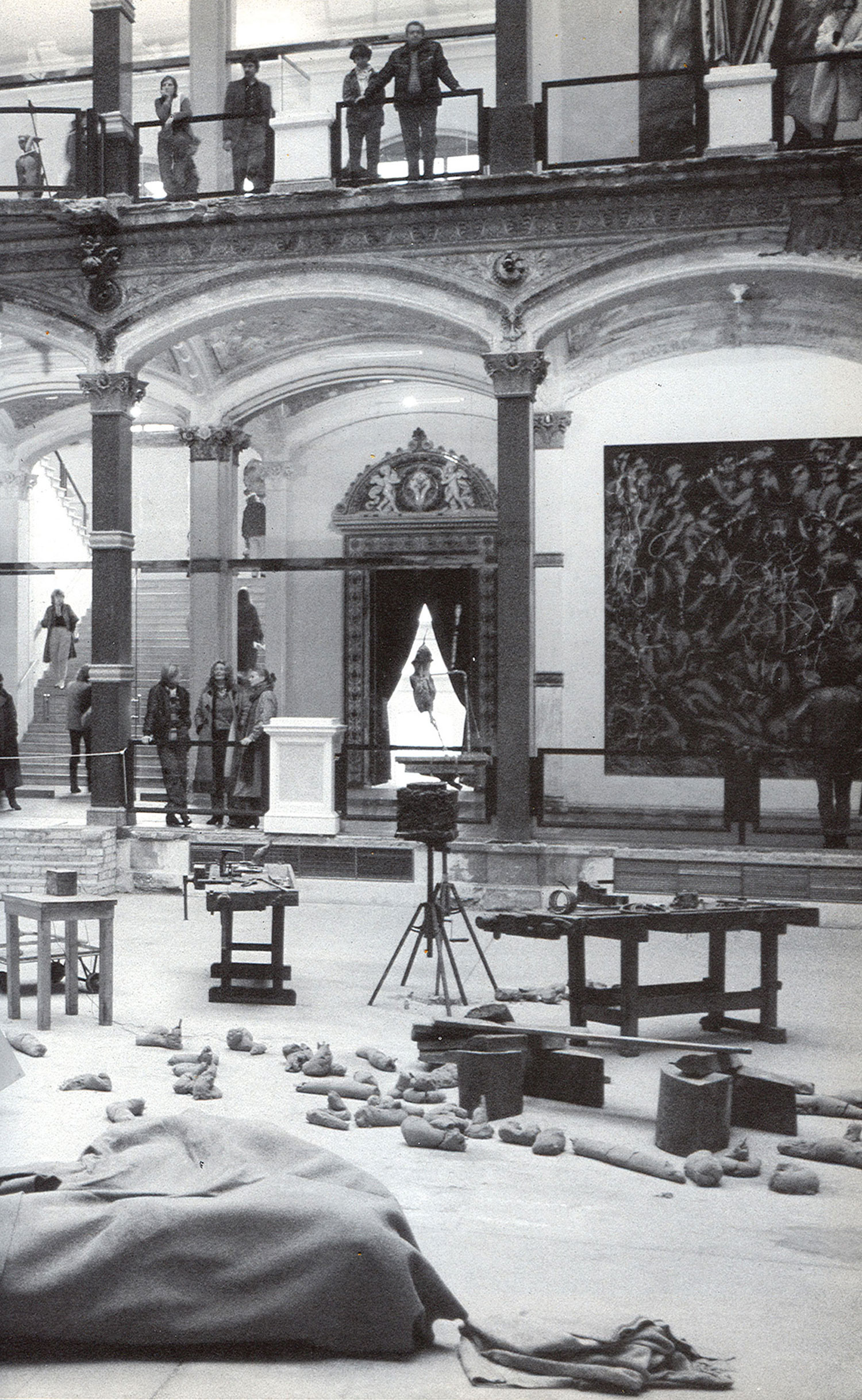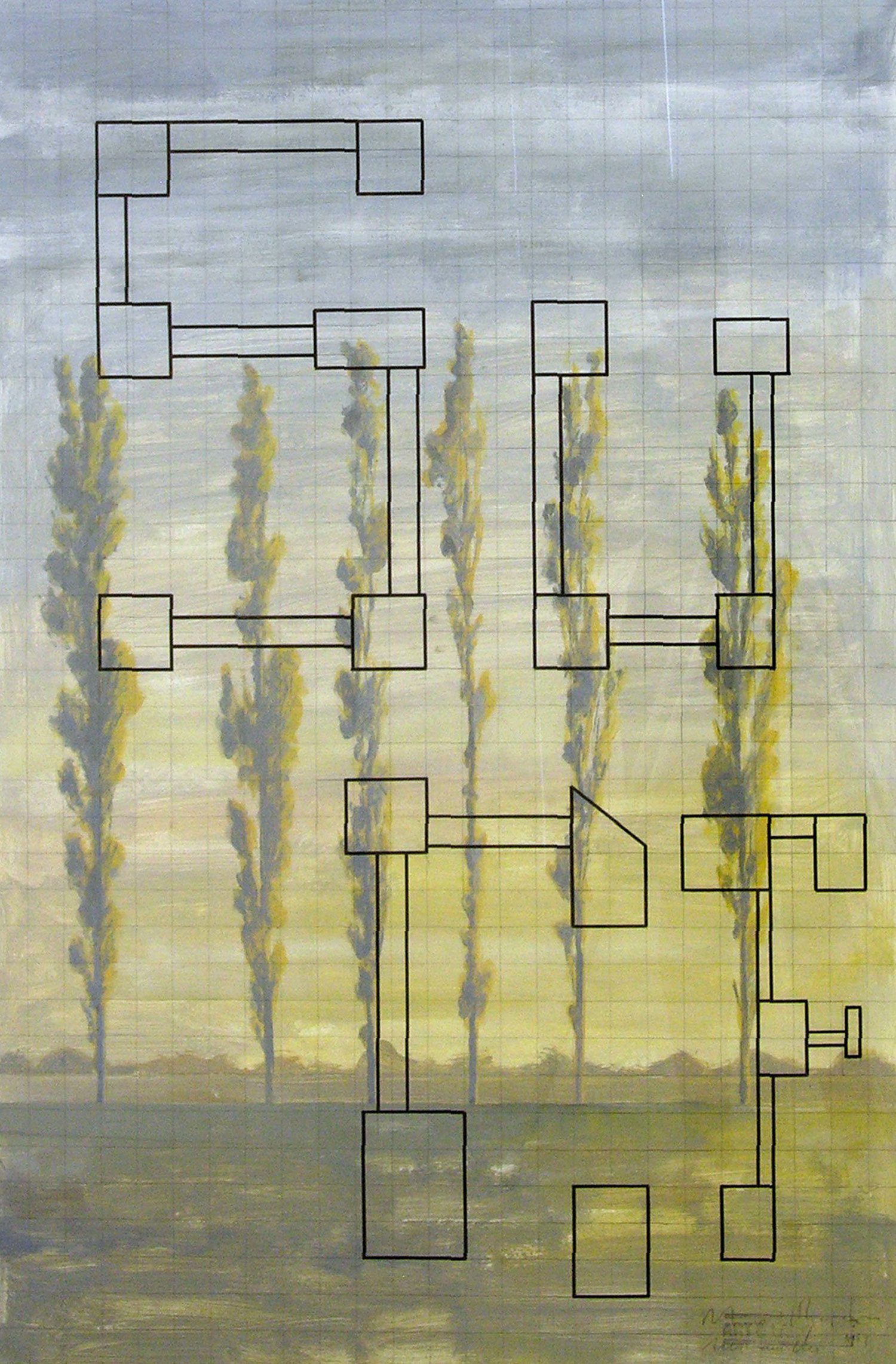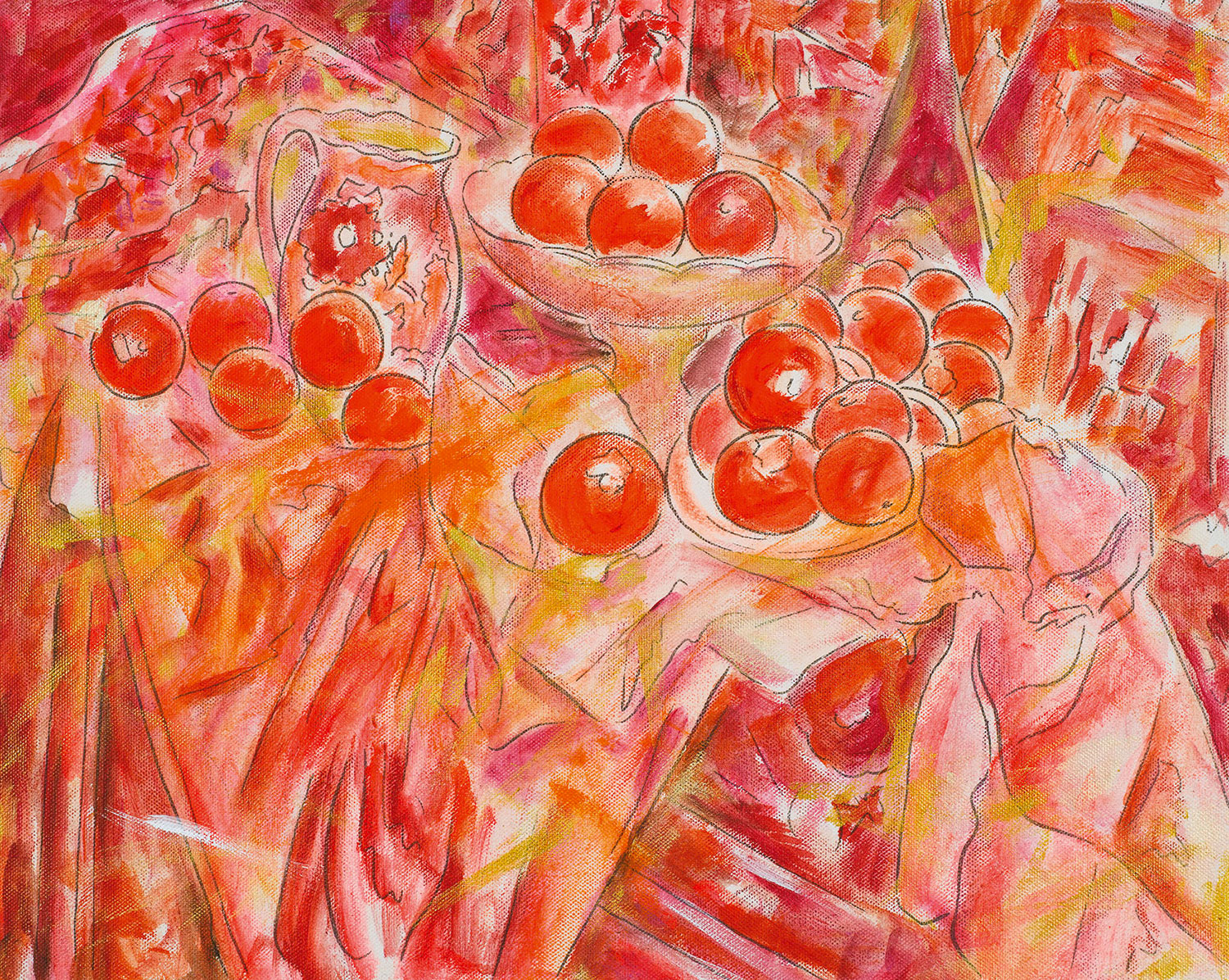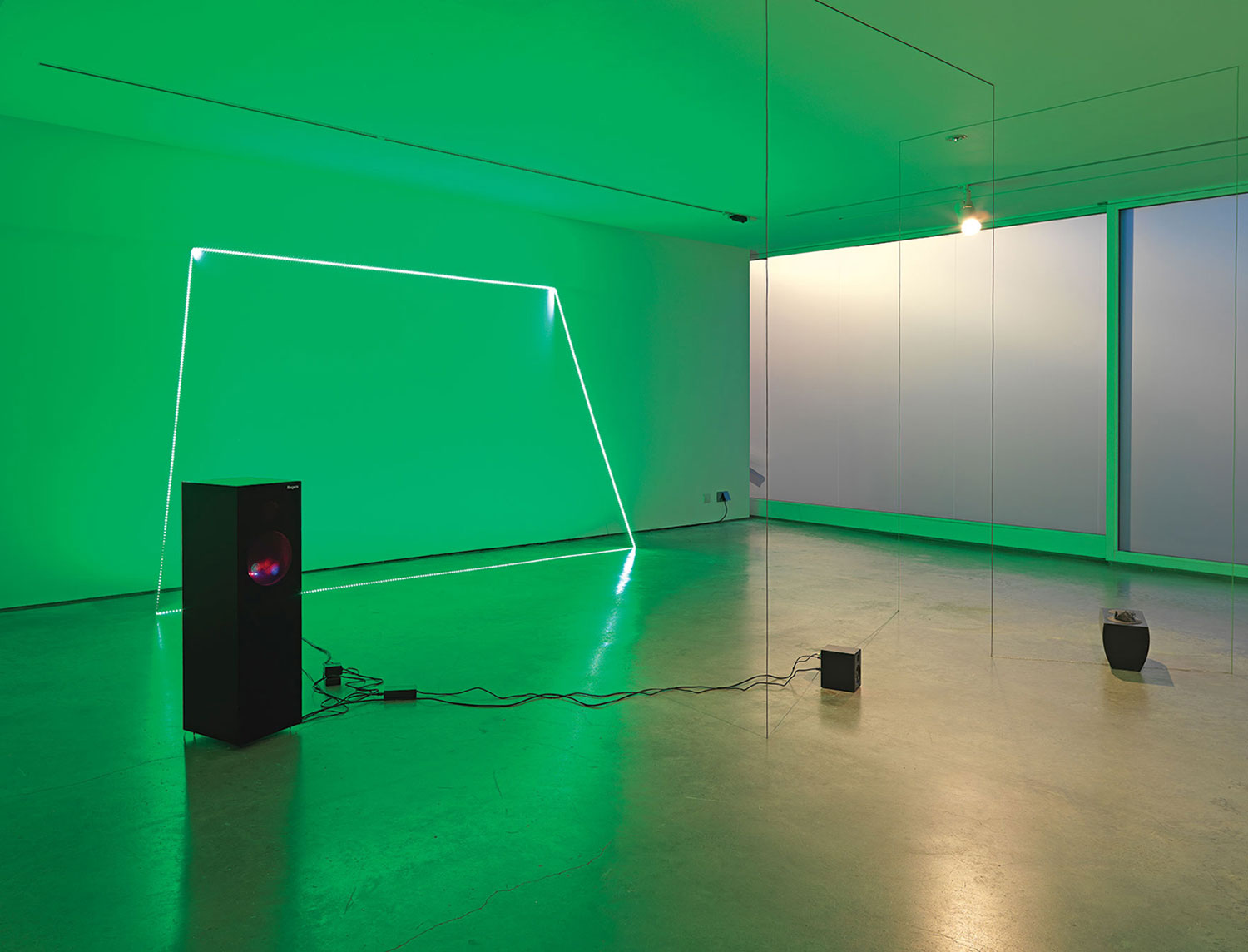
Ingo Clauß: Where does your fascination with the human body come from?
Gregor Gaida: What attracts me to the human body and prompts me to make it the object of my work is its narrative potential. Every gesture, every position of the body can be considered part of the beginning or the end of a larger story. I use this quality in my sculptures. I create situations that open up an opportunity for a story to develop.
IC: Many of the figures you stage are almost naturalistic, while others remain fragments. In the series “Lateral,” for example, there are razor-sharp raw edges on the heads and limbs. What causes you to make these brutal interventions?
GG: The choice of a certain cut has its equivalent in our everyday lives. Despite all the possibilities afforded by the media, the complex processes we are immersed in can only be grasped fragmentarily. Our perception is selective. Following this idea, I condense aspects in which something suggests that it can no longer or not yet be defined. In the process, the context, I remove fragments of the body. Whoever becomes involved in my work has to tolerate this kind of void.
IC: Where do you find your themes? In everyday life? In the media? Or do you orient yourself toward art-historical models? What inspires you?
GG: One of my sources of inspiration are photos that circulate in the image media. Reviewing my collection, most of the motifs are of a political nature, in particular war and violence. Yet I wouldn’t refer to my works as political. I’m not interested in commenting on current issues or sociocritical discourses. I’m interested in basic issues. What are the conditions and possibilities of human existence? To what extent do social and cultural realities form our body?

IC: You’re a trained wood carver, but for several years now you’ve been working increasingly with other materials, such as aluminium, polyester resin and cement. How has the extended spectrum of possibilities changed your work?
GG: I have a great affinity with wood. When I started studying I worked almost exclusively with wood, which certainly has something to do with my previous training. I’ve also been experimenting with other materials, which provide me with many more stylistic elements. I’m becoming more and more intrigued by new materials and I experiment with new combinations. Then I try to develop a new visual idea out of a material’s peculiar qualities.
IC: You’ve recently worked on a monumental wooden frame for your exhibition in Bremen. This is striking in two respects. For the first time, the human figure has been moved from the center of attention to the periphery. In addition, in some places you left the frame in a rough state. What is this sculpture about?
GG: The frame exemplifies many of the things I deal with: form, composition, color, material; elements permanently competing with each other and, in this piece, in a palpable way. Some elements have been developed in detail, others are only roughly suggested. The frame is exaggerated, baroque, overloaded with form, but it has an empty and indefinite center. I’m fascinated by such aspects.

